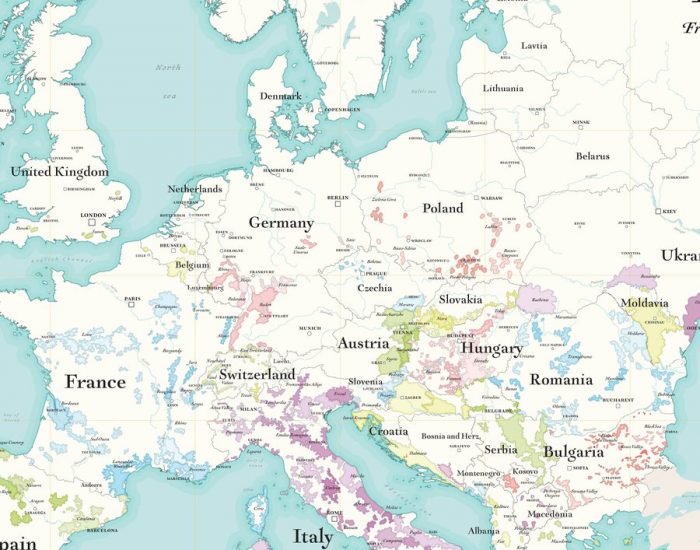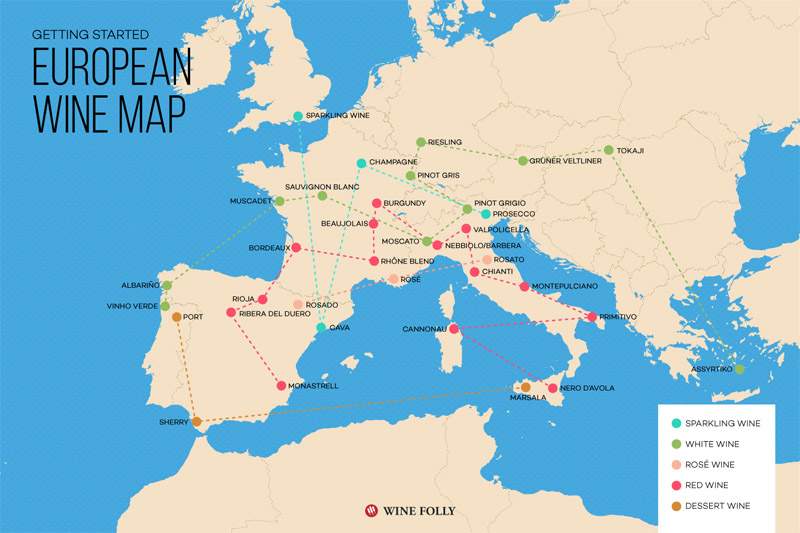

Many of the native grapes - fehér gohér, sárfehér, kolontár - disappeared in the 19th century, when vintners replaced them with foreign varieties that were considered to be better this was when olaszrizling (welschriesling) became widespread. Photo: Tas Tóbiásīalaton is a white wine region.

An increasingly rare phenomenon in Balaton: a peasant house with a thatched roof (made from water reed). And there’s also a benefit to high-traffic tourism: Balaton offers significantly better food and accommodation options than other Hungarian wine regions. While this is true, there still exists unspoiled nature a bit away from the lake, further inland, which is also where many of the wineries are located (this guide will help you find them). Many people rightfully bemoan the resortification of Balaton, believing that it caused irreparable harm to the pristine environment. What were once quiet hills blanketed in vineyards have turned into busy vacation towns overbuilt with summer homes of questionable taste. With the advent of widespread car ownership and the completion of the M7 highway from Budapest, tourism to Balaton has skyrocketed since the 1960s. How does the wine region co-exist with Balaton's tourism? A neglected old winery building on the Badacsony hillside. From 1992, the capitalist era brought a revival of small, private wineries that are currently the main pillar of the region. The result was mediocre wines in mass quantities. In the meantime, many family winemakers abandoned their hillside plots in the face of economic and political headwinds. This was also when the first waterfront plots were sold to vacationers, beginning Balaton’s slow but steady transformation from wine country to summer resort.ĭuring the Communist period, especially from 1959, state-owned cooperatives planted new vineyards on low-lying (and lower quality) sites that could be cultivated by machines.

Having suddenly lost their livelihoods, many Balaton winemakers emigrated to the United States. The Europe-wide phylloxera epidemic appeared in 1879 and gradually destroyed 65 percent of the vineyards. The revival came in the 18th and 19th centuries, when Habsburg Austria grew fond of Balaton wines and purchased mass quantities. This was when new winemaking centers formed in the unoccupied northern Hungary, in Tokaj for example. The Ottoman occupation of Hungary in the 16th century caused a major disruption as Balaton turned into a battle zone, years went by without a harvest, and the population declined. Hungarian tribes, who took the land in the 9th century, continued to make wine, as did the Avar and Slavic people before them. What should I know about the history of Balaton wines?īalaton was part of the Roman Pannonia Province from the 1st century AD, and the excavated agricultural estates - villa rusticas - show a thriving winemaking culture around the lake (except for the short period when Emperor Domitian tried to limit competition to Italian wines). Badacsony Hill with Lake Balaton in the background. I will treat them as one, which is how they were in the past, with a focus on the first two subregions. Grapevines also grow on the south side of Balaton, but this guide covers only the north, which has a total of 3,500 hectares (8,650 acres) of planted vines and it officially consists of three different wine regions - Balatonfüred-Csopak, Badacsony, and Balaton Felvidék. Unfortunately, the last century transformed Balaton into a summer holiday destination and spoiled some of its native beauty, but still, there are many gems left to explore here. Teeming with panoramic valleys, volcanic hills, and medieval villages, this bucolic countryside has had a thriving wine culture since the Romans. The lake's northern side is a top wine region and one of the great natural treasures of Hungary. Located in western Hungary an hour from Budapest by car, the 77-km (48-mile) long Balaton is Central Europe’s biggest lake. What is the northern Balaton wine region and what happens there?


 0 kommentar(er)
0 kommentar(er)
